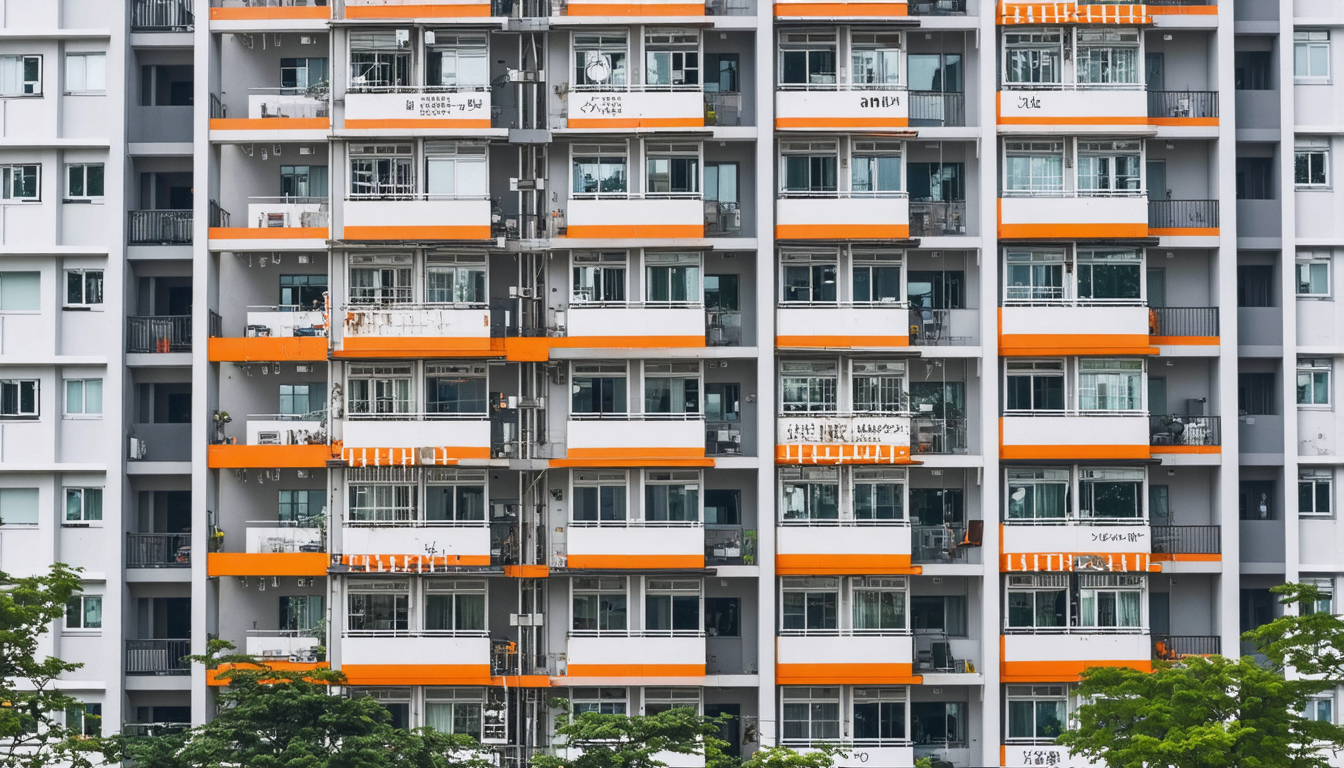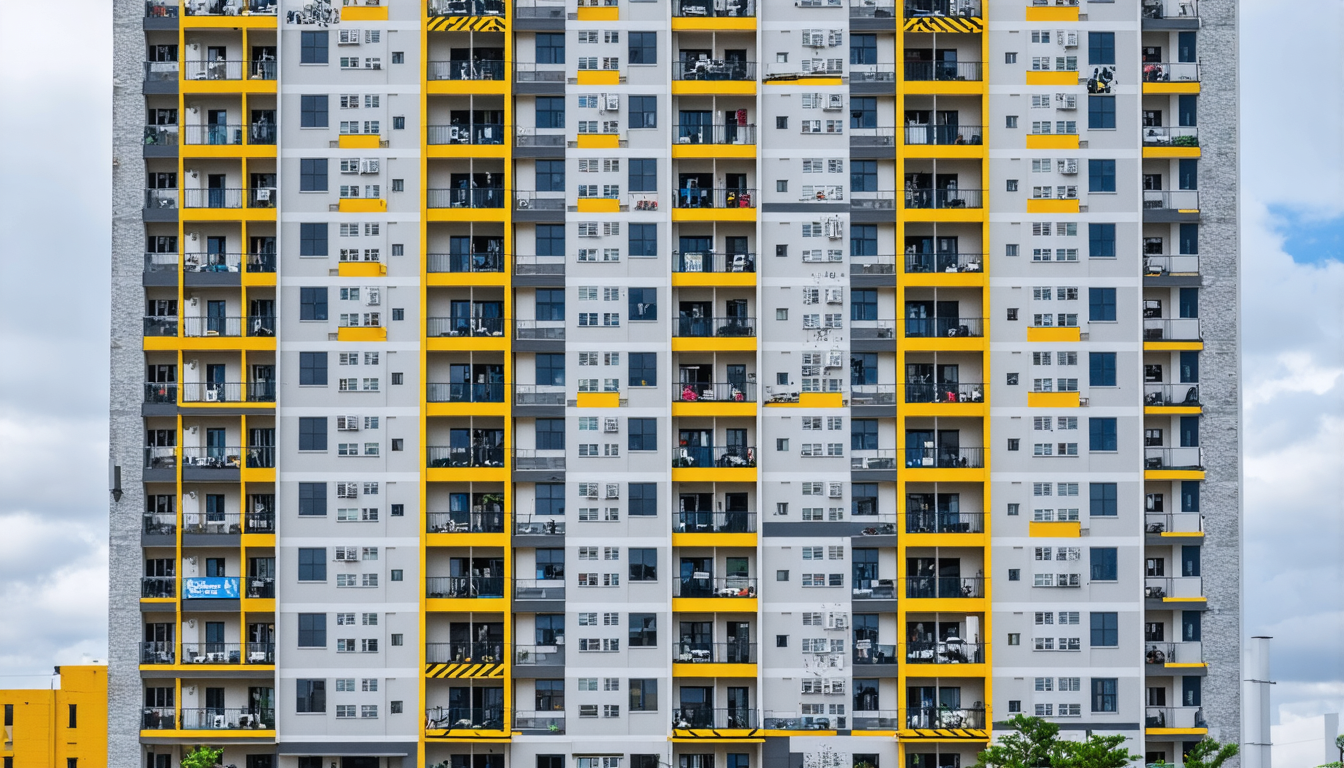- 1. Overview of Recent Legislative Changes
- 2. Historical Context of Apartment Building Insurance Regulations
- 3. Understanding the New Local Legislation
- 4. Effects on Risk Assessment and Underwriting Practices
- 5. Impact on Premium Rates and Policy Terms
- 6. Case Studies of Affected Apartment Buildings
- 7. Compliance Strategies for Building Owners and Insurers
- 8. Regional Differences in Legislative Implementation
- 9. Future Trends in Insurance Legislation and Market Impact
- 10. Conclusions and Recommendations for Stakeholders
1. Overview of Recent Legislative Changes
Recent local legislation is reshaping the apartment building insurance landscape. New laws and regulations aimed at enhancing building safety and protecting tenants now play a crucial role in determining insurance requirements.
Municipalities are updating building codes and safety mandates. These changes directly affect risk assessments, underwriting practices, and premium structures. Today, both insurance providers and building owners must understand these shifts to navigate the evolving market effectively.

2. Historical Context of Apartment Building Insurance Regulations
Historically, apartment building insurance underwent gradual reforms. Earlier regulations primarily focused on basic property and liability coverage. As the market evolved, so did regulatory frameworks. In the past, legislations were slower to adopt comprehensive safety standards, resulting in uneven risk evaluations across regions.
However, recent attention from local governments has led to more stringent measures. These measures aim to close gaps in coverage, improve safety standards, and ensure fair pricing for complex risks associated with multi-family housing.
3. Understanding the New Local Legislation
The new local legislation is designed to address emerging concerns in high-density living areas. Key components include enhanced building maintenance criteria, mandatory upgrades to fire and disaster prevention systems, and tighter monitoring of building environmental factors.
These regulations require apartment building owners to adhere to additional safety protocols that previously did not apply. For insurers, this means incorporating these requirements into risk assessments. Both parties must now collaborate to ensure that buildings not only comply with statutory norms but also minimize exposure to risks.

4. Effects on Risk Assessment and Underwriting Practices
Local legislative changes directly influence how risks are assessed by insurance underwriters. Underwriters now evaluate property portfolios against a backdrop of stricter compliance rules and improved safety standards.
This heightened scrutiny may uncover previously unaddressed vulnerabilities. Insurers incorporate new data points, such as the age of building safety equipment, emergency exit availability, and historical compliance records.
This detailed analysis results in more accurate risk assessments, tailored coverage plans, and refined premium calculations.
5. Impact on Premium Rates and Policy Terms
As risk factors evolve due to regulatory changes, policy terms and premium rates are adjusted accordingly. Premium rates may increase as a result of enhanced underwriting practices that take a more comprehensive view of a building’s risk profile.
Yet, for compliant and well-maintained structures, insurers might offer competitive rates and preferred policy terms. The balance of increased compliance costs and overall enhanced property safety is now a central focus.
Insurance companies are working with local government bodies to determine a fair equilibrium between rates and required safety measures.

6. Case Studies of Affected Apartment Buildings
Examination of several real-world examples reveals how legislation changes are impacting apartment buildings. In one metropolitan area, a recently updated apartment complex faced premium hikes due to delayed upgrades in emergency systems.
However, once the building met the new safety criteria, insurers revised the coverage terms, eventually offering lower premiums and additional coverage benefits. In another scenario, a historic building retrofitted its infrastructure in line with the updated regulations, thereby mitigating risk factors and securing advantageous underwriting terms.
These cases highlight the importance of proactive compliance with local legislation. Building owners who invest in necessary upgrades can see long-term savings and safer living conditions.
7. Compliance Strategies for Building Owners and Insurers
Both building owners and insurers need robust compliance strategies in response to recent legislative shifts. For building owners, the first step is conducting thorough risk audits. This helps identify areas needing upgrades or immediate repairs.
Working closely with local authorities will ensure that any planned changes align with legislative requirements. Regular maintenance and documentation of upgrades are essential. Insurers, on the other hand, must revise underwriting practices and enhance data collection methods.
Investing in technology to monitor compliance and risk factors can streamline processes. Creating multi-disciplinary teams focused on regulatory alignment is also recommended.

8. Regional Differences in Legislative Implementation
One of the complexities in today’s market is the variation in legislation implementation across regions. Local governments have adopted differing timelines, enforcement measures, and inspection practices.
These differences result in a varied risk landscape across metropolitan, suburban, and rural areas. Insurers must remain agile, adjusting premium models and policy terms to local conditions. For instance, some jurisdictions have strict deadlines for compliance. Others provide transitional periods to allow building owners time to implement changes.
As a result, insurers tailor their risk assessment models to incorporate regional policy nuances. Stakeholders must stay informed about local legislative updates to avoid penalties and ensure uninterrupted coverage.
9. Future Trends in Insurance Legislation and Market Impact
The trend towards more comprehensive apartment building insurance regulations is expected to continue. Future legislative changes are likely to expand coverage requirements further, especially in an era of climate change and evolving urban dynamics.
Technology will play a critical role. With innovations like smart sensors and real-time monitoring systems, future legislation may require buildings to integrate these tools to provide instant data on risk factors.
Insurers are increasingly exploring ways to integrate technology into their operations. Digital risk assessments and remote inspections are becoming more common. This evolution is expected to improve underwriting accuracy and transparency.
Additionally, policymakers may introduce incentive programs that reward proactive safety measures with premium discounts.
10. Conclusions and Recommendations for Stakeholders
Changes in local legislation have a profound impact on apartment building insurance. These enhanced regulations are designed to improve safety standards and ensure fair pricing, but they also introduce new variables into risk assessment and underwriting practices. Building owners and insurers must stay informed about the evolving regulatory environment and adapt to ensure compliance and maintain competitive coverage terms. Recommendations for building owners include:
• Conduct regular safety audits and invest in necessary building upgrades.
• Stay informed on local legislative deadlines and requirements.
• Maintain clear, documented records of all improvements and maintenance activities.
• Engage with experts or consultants who specialize in regulatory compliance for multi-family properties.
For insurers, effective strategies involve:
• Updating underwriting models to reflect new risk factors introduced by local legislation.
• Investing in technology and training to support remote inspections and digital risk assessments.
• Enhancing communication channels with building owners and local governments.
• Considering regional legislative differences when determining policy terms and premium rates.
The shift in legislative frameworks calls for proactive participation from all stakeholders. Both building owners and insurers must approach these changes as opportunities to improve overall safety and risk management practices.
Enhancing compliance not only minimizes financial exposure but also contributes to safer living environments for tenants. In summary, understanding and adapting to local legislative changes in the apartment building insurance market is essential.
The landscape is becoming more complex as local governments enforce stricter safety and maintenance guidelines. However, proactive investments in compliance and technology are paving the way for a more secure, transparent, and fair marketplace. Moving forward, continuous dialogue between regulators, building owners, and insurers is key.
This collaborative approach will ensure that risk is managed effectively, premiums are fair, and insurance products are both comprehensive and responsive to local needs.

